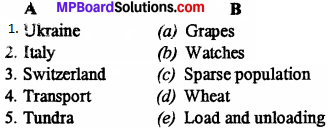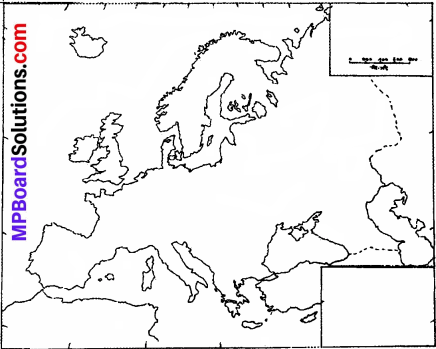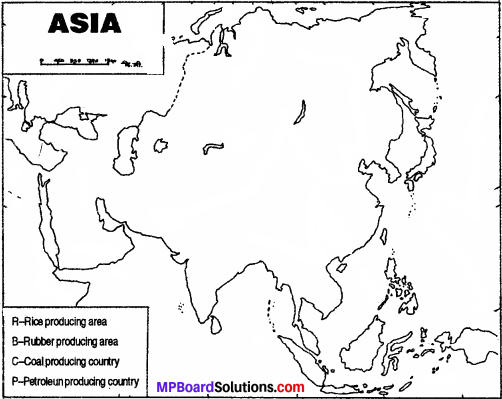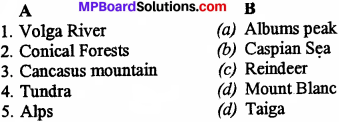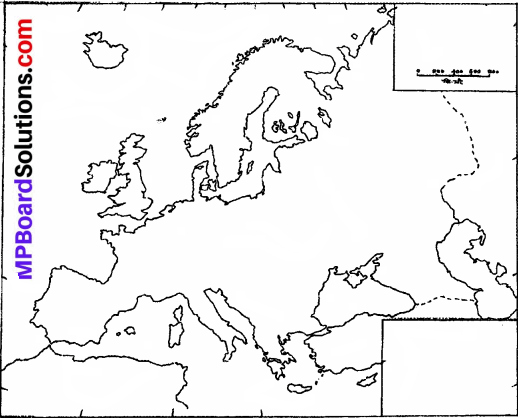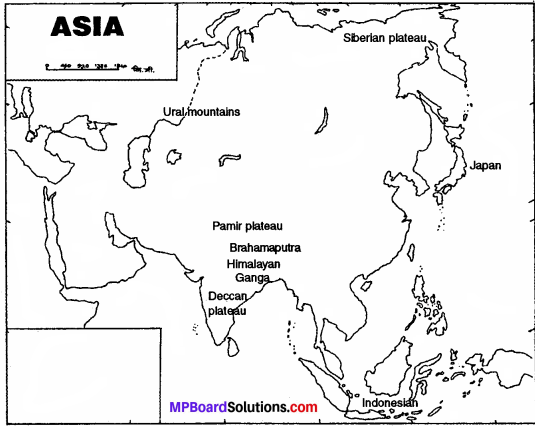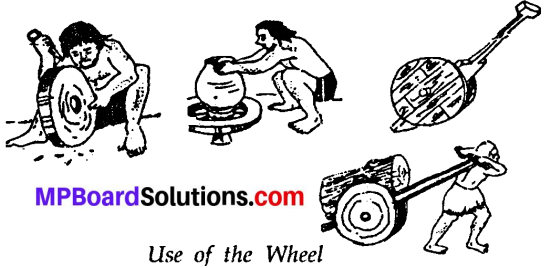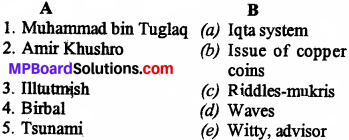MP Board Class 8th Sanskrit परिशिष्टम्
MP Board Class 8th Sanskrit पुस्तक में दिये गये पद्यांशों का हिन्दी अनुवाद
1. संस्कृतस्य सेवनम् (संस्कृत की सेवा हो)
संस्कृतस्य सेवन………… संस्कृतं विराजताम्॥
भावार्थ :
संस्कृत की सेवा हो अर्थात् संस्कृत भाषा का व्यवहार हो एवं संस्कृत के लिए मानव जीवन हो तथा संसार के कल्याण की वृद्धि के लिए मानव शरीर समर्पित हो।-
(क) अपने कार्य की गरिमा का स्मरण करते हुए तथा विघ्न रूपी सागर को पार करते हुए अपने लक्ष्य की सफलता को दृष्टिगत (समक्ष) रखते हुए मैं स्वयं परिश्रम करता हूँ। जिससे प्रत्येक व्यक्ति तथा प्रत्येक घर में संस्कृत पहुँच सके तथा इसकी निरन्तर गतिशीलता हो सके तब लगाकर संस्कृत के प्रचार-प्रसार के लिए कदम बढ़ता रहे।
(ख) मैं सम्पत्ति की कामना नहीं करता हूँ और न भोगैश्वर्य साधन जन्य सुख की भी कामना करता हूँ अपितु संस्कृत की उन्नति के अतिरिक्त मैं किसी अन्य विषय को उसके समान आदर नहीं देता हूँ। अस्तु संस्कृत को अपने गौरवपूर्ण स्थान तक पहुँचाने के लिए अपने जीवन को दाँव पर लगातार प्रत्येक व्यक्ति को कमर कसनी होगी।
(ग) मेरे द्वारा यह जो वाणी कही गयी है, वह निश्चय ही कथित वाणी सुदृढ़तया अटल सत्य हो और साथ ही कहे जाते हुए भाव को प्राप्त कर पुनः-पुनः चिरकाल तक यही वाणी विराजमान हो। यह संस्कृत भाषा भारतभूमि का आभूषण है तथा सभी वाणियों का विशेषतः आभूषण है और साथ ही भारतीय संस्कृति का प्रचार-प्रसार करने वाली होने से संस्कृत सर्वथा विराजमान होती रहे।
![]()
2. चिरवीना संस्कृता एषा (जो कभी पुरानी न हो ऐसी यह संस्कृत भाषा है।)
चिरनवीना संस्कृता ……….”अनुपमा सरसा॥चिरनवीना॥
भावार्थ :
जो कभी पुरानी न हो ऐसी यह संस्कृत भाषा है। यह देवताओं की भाषा है। जो कभी पुरानी न हो ऐसी यह संस्कृत भाषा है।
बहुत बड़ा जनसमुदाय इसमें श्वांस लेता है अर्थात् इसे बोलता है। इसमें अति प्राचीन वेद और साहित्य है अर्थात् हमारे बहुत प्राचीन वेद और साहित्य इसी संस्कृत भाषा में लिखे हुए हैं।
शास्त्रों से भरी, स्मृतियों के विचारों से युक्त और सर्वश्रेष्ठ कवियों के काव्यों के सार से रंग-बिरंगी सुन्दर पेटी वाली सुन्दर संस्कृत भाषा है।
वाल्मीकि और वेदव्यास मुनियों के द्वारा रचित रामायण और महाभारत महाकाव्य इसी भाषा में है।
कायरता के दोष से युद्ध से रुके हुए पार्थ (अर्जुन) को उसके युद्ध रूपी कार्य में लगाने वाली श्रीमद्भगवद् गीता को भगवान श्रीकृष्ण के द्वारा कही गयी है, इसी संस्कृत भाषा में है।
यह संस्कृत भाषा भारत में बोली जाने वाली मातृभाषाओं की भी मातृभाषा है। यह भारतीयों की राष्ट्रभाषा होने के योग्य है जिससे भाषा का विरोध समाप्त हो जायेगा। यह बात हमेशा पूरे जोर-शोर से हम कहते हैं। यह भारतीयों की भाषा है, और अत्यन्त मधुर है।
